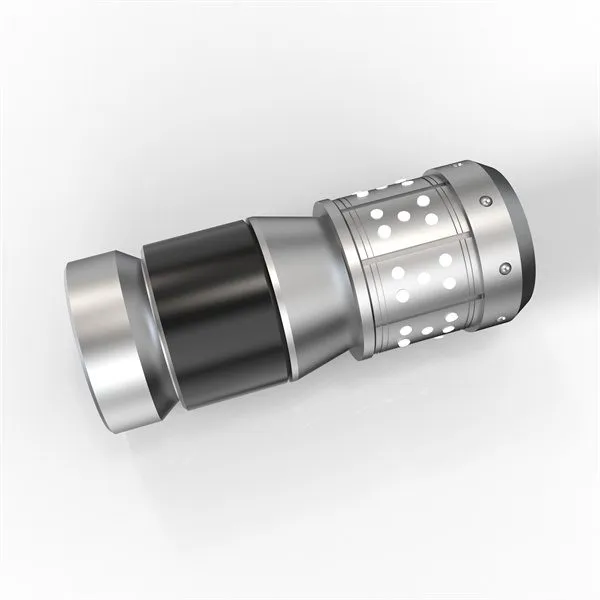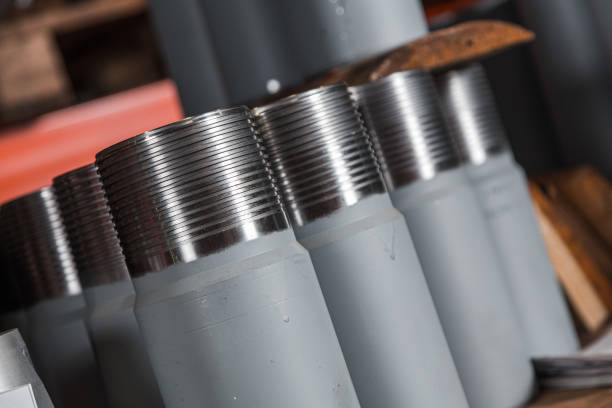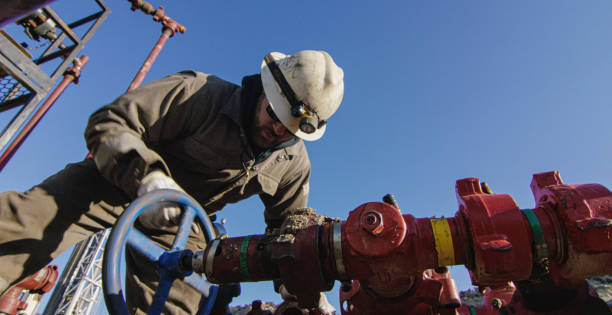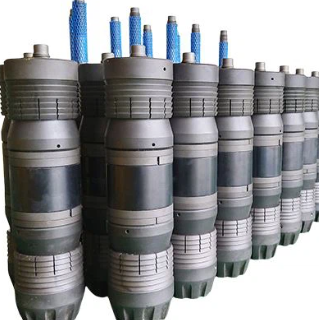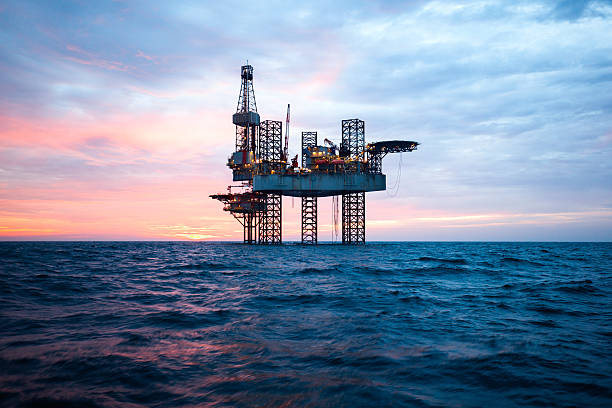English
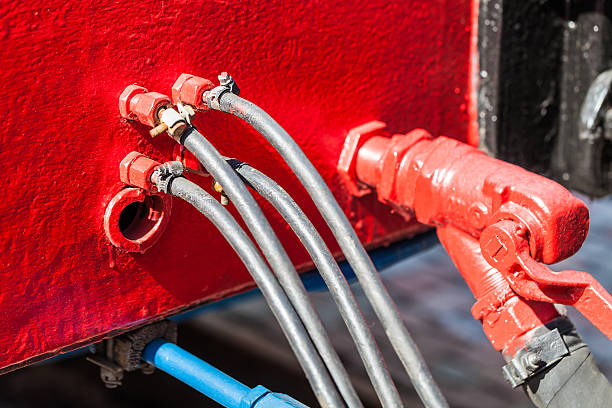
Frac Fluid Hose
The following is an original article about “Frac Fluid Hose”, which is written by combining the background of hydraulic fracturing technology and industry application needs, integrating technical information from multiple patents and product materials. The full text is about 1,200 words, and the content structure refers to the argument logic of professional books, and the reference source is marked.

Frac Fluid Hose: “Vascular System” in Hydraulic Fracturing Technology
Background of Hydraulic Fracturing Technology and the Core Role of Hose
Hydraulic fracturing is the core technology for exploiting shale oil and gas resources. It injects high-pressure fluid (a mixture of water, chemical additives and proppants) into underground rock formations to form cracks and release oil and gas. In this process, the fracturing fluid hose (Frac Fluid Hose) undertakes the key task of transporting fluid from ground equipment to the well, and its performance directly determines the efficiency and safety of fracturing operations. Compared with traditional iron pipes, modern fracturing hoses have become the mainstream choice in the industry due to their lightweight, high-pressure resistance and corrosion resistance.
For example, a case study of an oil field in China showed that after adopting high-specification fracturing hose, the fracturing operation time of a single well was shortened by 30%, and the downtime accidents caused by hose leakage were reduced by 85%. This is due to the deep integration of material science and engineering mechanics in hose design.
Technical characteristics and material innovation of fracturing hose
- Multi-layer composite structure design
Fracturing hose is usually composed of inner layer, reinforcement layer and outer covering layer (Figure 1):
Inner layer (Inner Tube): Ultra-high molecular weight polyethylene (UHMWPE) or synthetic rubber is used to ensure low friction coefficient and chemical corrosion resistance. For example, the inner layer of TianyuMfg’s hose can withstand long-term erosion by highly corrosive fluids such as hydrochloric acid.
Reinforcement layer (Reinforcement): It mostly adopts 6 layers of spiral steel wire or polyester fiber braided structure to provide compressive strength. Unisource’s Series 2295 hose achieves a working pressure of 2250 PSI through a steel wire braided layer, which is suitable for high temperature and high pressure environments.
Outer Cover: Mainly made of wear-resistant synthetic rubber or thermoplastic polyurethane (TPU), it resists mechanical wear and UV aging. Nantong Sentian’s hose outer cover can even withstand extreme temperatures of 50°C to +70°C. - Key performance parameters
Working pressure: Mainstream products can reach 15,000–20,000 PSI, and the burst pressure is twice the working pressure.
Flexibility: The minimum bending radius is only 1.5 times the pipe diameter (such as 1.5 inches for a 2-inch hose), which is convenient for deployment in complex terrain.
Weight optimization: Compared with traditional iron pipes, it is more than 50% lighter, reducing transportation and installation costs. - Application scenarios and industry challenges
- High-pressure fluid delivery
Between the fracturing pump and the sand mixing truck, the hose needs to withstand frequent pressure fluctuations. For example, TianyuMfg’s “full-flow inner diameter design” reduces turbulence, increases flow rate by 20%, and reduces pipe wall wear. - High temperature and chemical compatibility
Some hoses need to work continuously at high temperatures of 300°F (about 149°C) (such as Unisource Series 2295) and withstand viscous media such as asphalt and wax. In addition, the transportation of acidic fracturing fluid (containing 15% hydrochloric acid) requires the inner layer material to have a special corrosion-resistant coating. - Environmental adaptability
In extremely cold areas (such as Alaska oil fields), hoses need to remain flexible at low temperatures of 40°F; in desert environments, the UV resistance of the outer covering is critical.
IV. Industry standards and quality control
- Certification system
Fracturing hoses must comply with certifications such as API 16A (well control equipment specification) or EN 14540 (fire hose standard). Some manufacturers also provide customized services, such as adjusting the color or length of the hose according to customer needs (up to 200 meters). - Failure analysis and prevention
Statistics show that 90% of hose failures are caused by damage to the outer covering or leakage of the joints. Therefore, manufacturers recommend:
Regular inspection: Identify early damage through visual inspection and pressure testing.
Correct installation: Avoid excessive bending or dragging, and use special joints such as API 15K flanges.
Storage conditions: Keep away from direct sunlight and chemical pollution, and keep humidity below 60%.
V. Future technology trends
- Intelligent monitoring
Hoses embedded with fiber optic sensors can monitor pressure, temperature and strain data in real time, and warn of potential risks in advance. Experiments show that such technologies can reduce maintenance costs by 40%. - Environmentally friendly material development
The research and development of bio-based rubber and recyclable TPU is being promoted to reduce the environmental impact of discarded hoses. For example, a European manufacturer has launched a hose prototype with 50% bio-based components. - Modular design
Quick-disconnect joints and standardized lengths (such as 100-foot modules) can shorten field deployment time and adapt to the “short cycle, high intensity” fracturing operation requirements.


